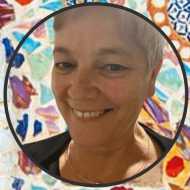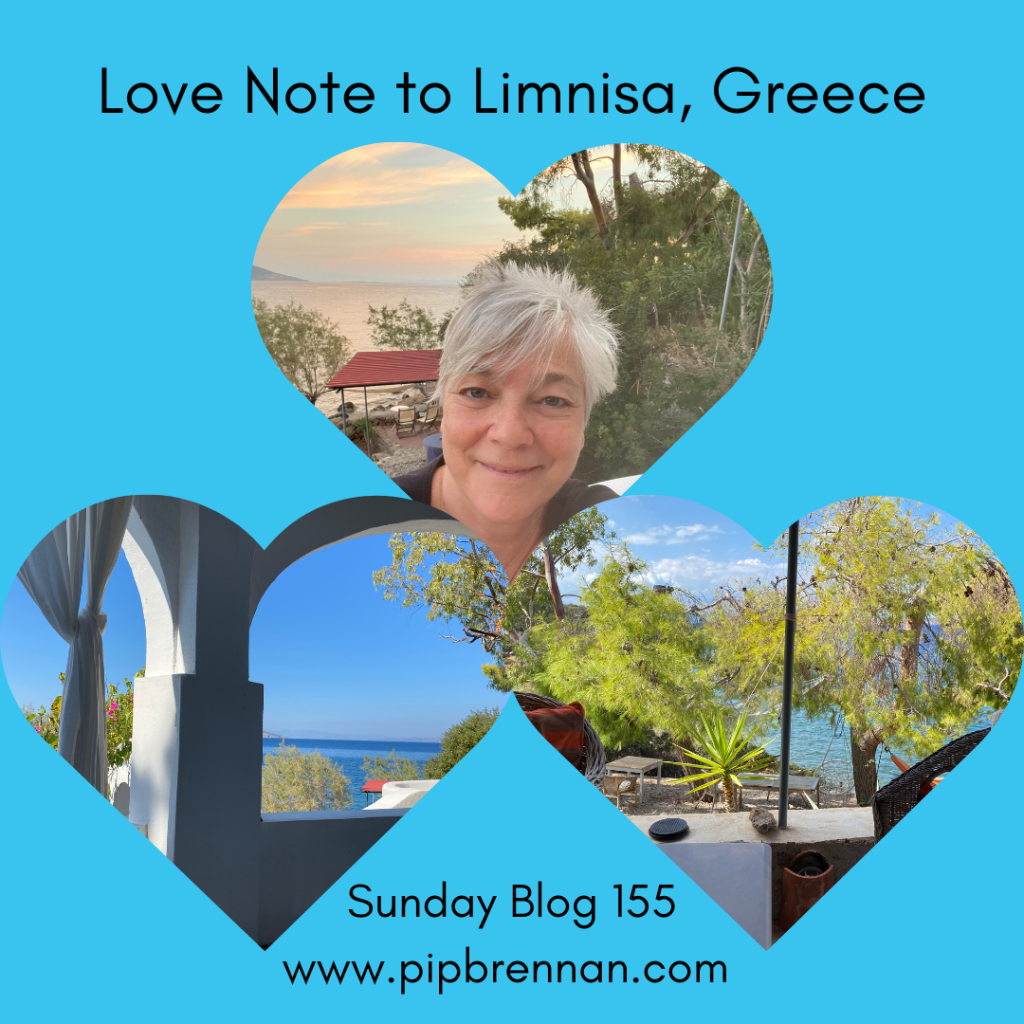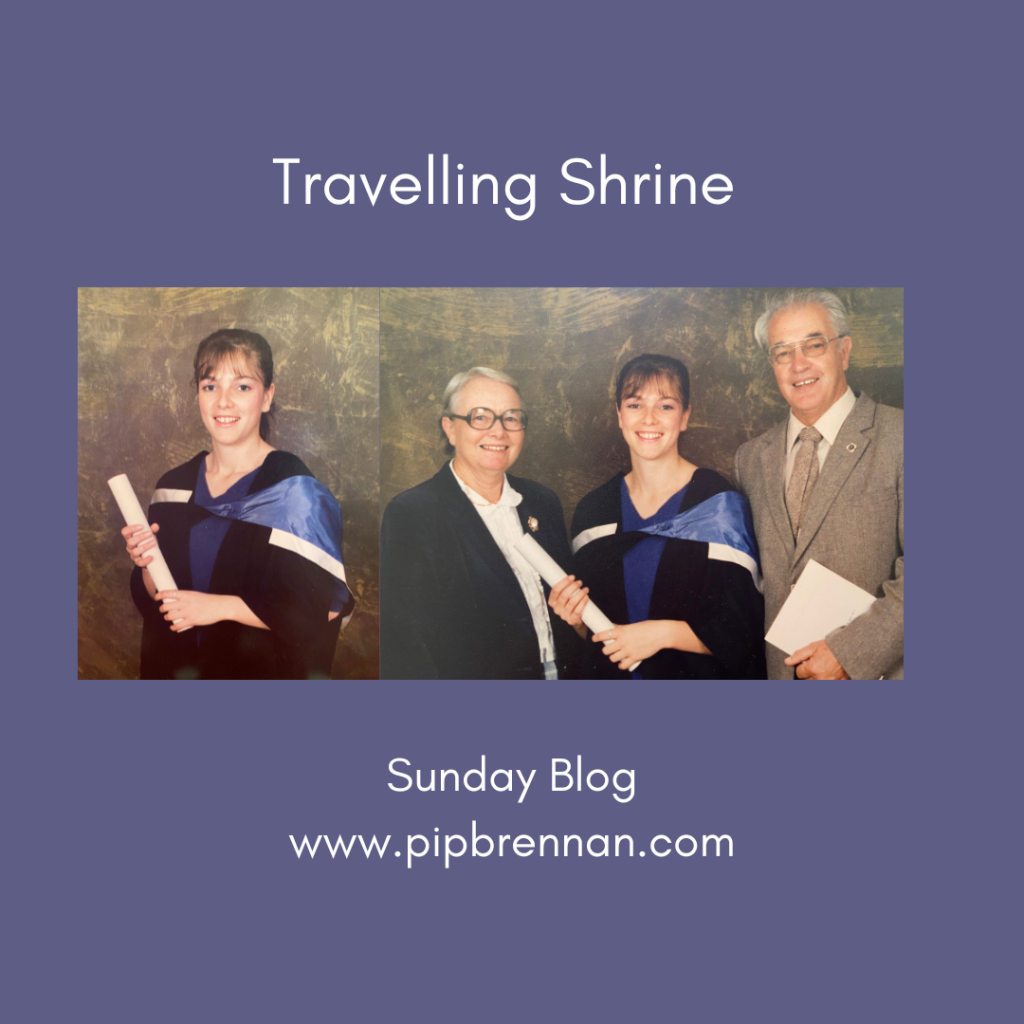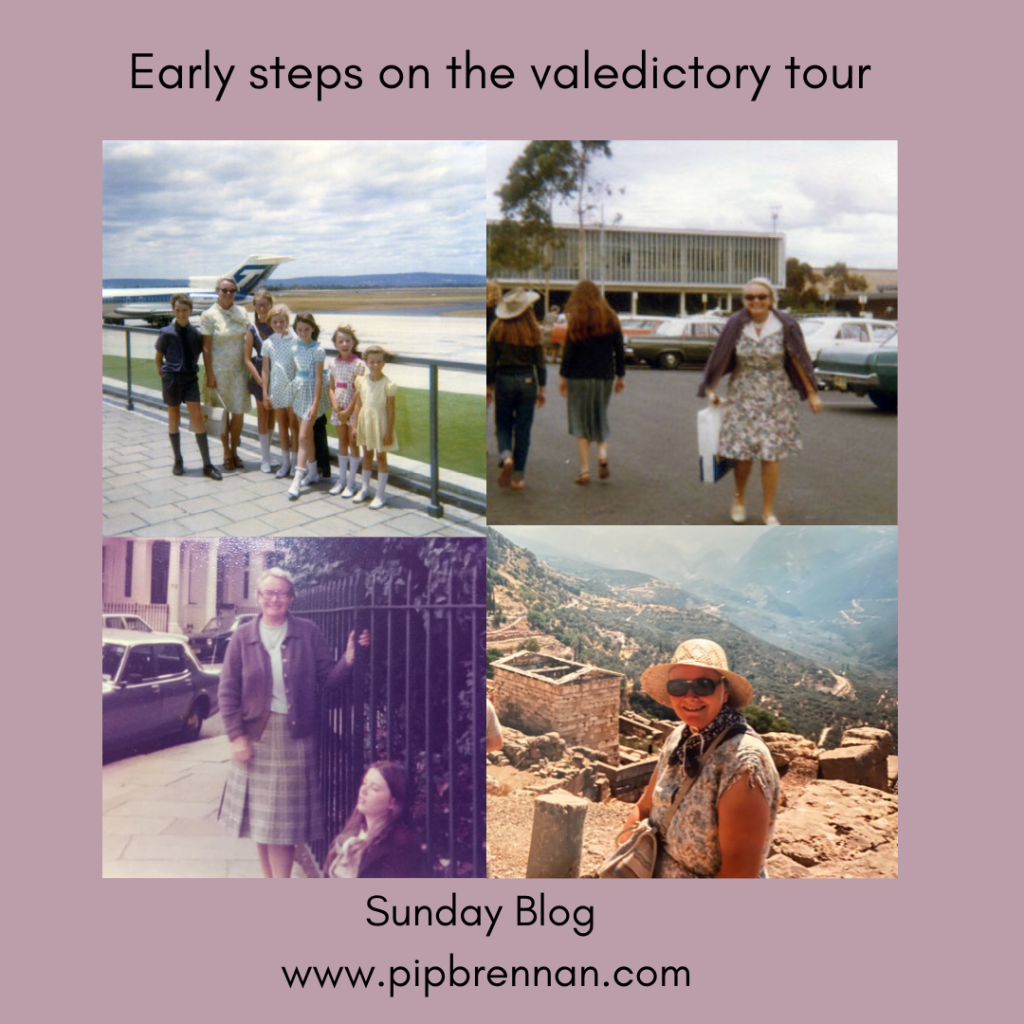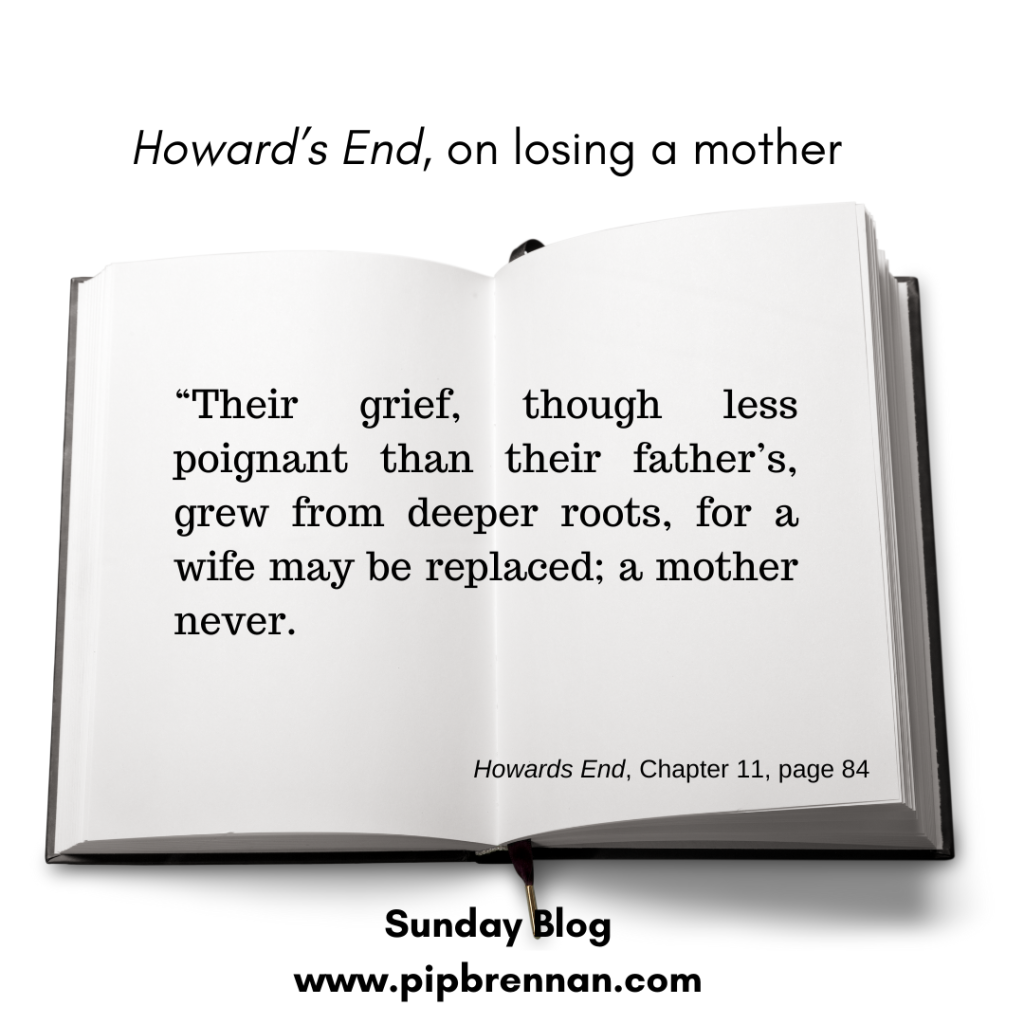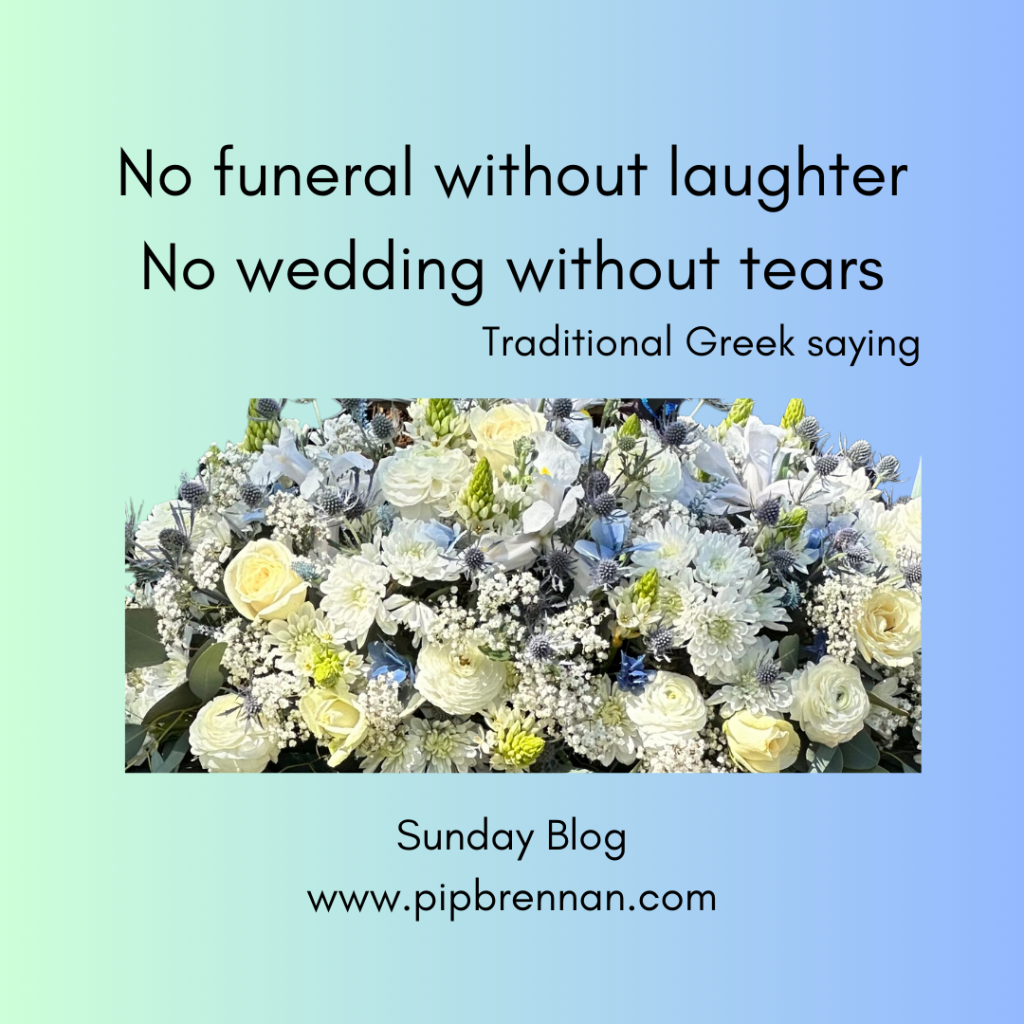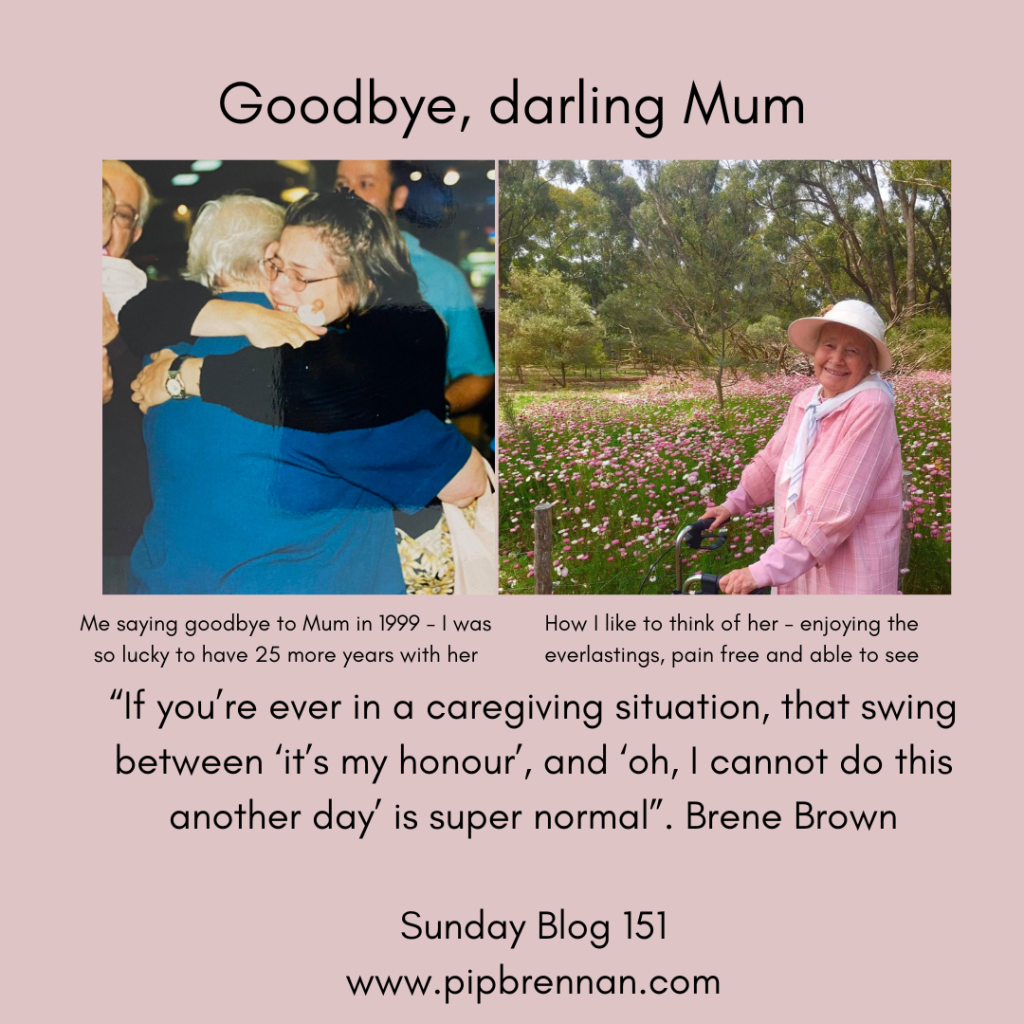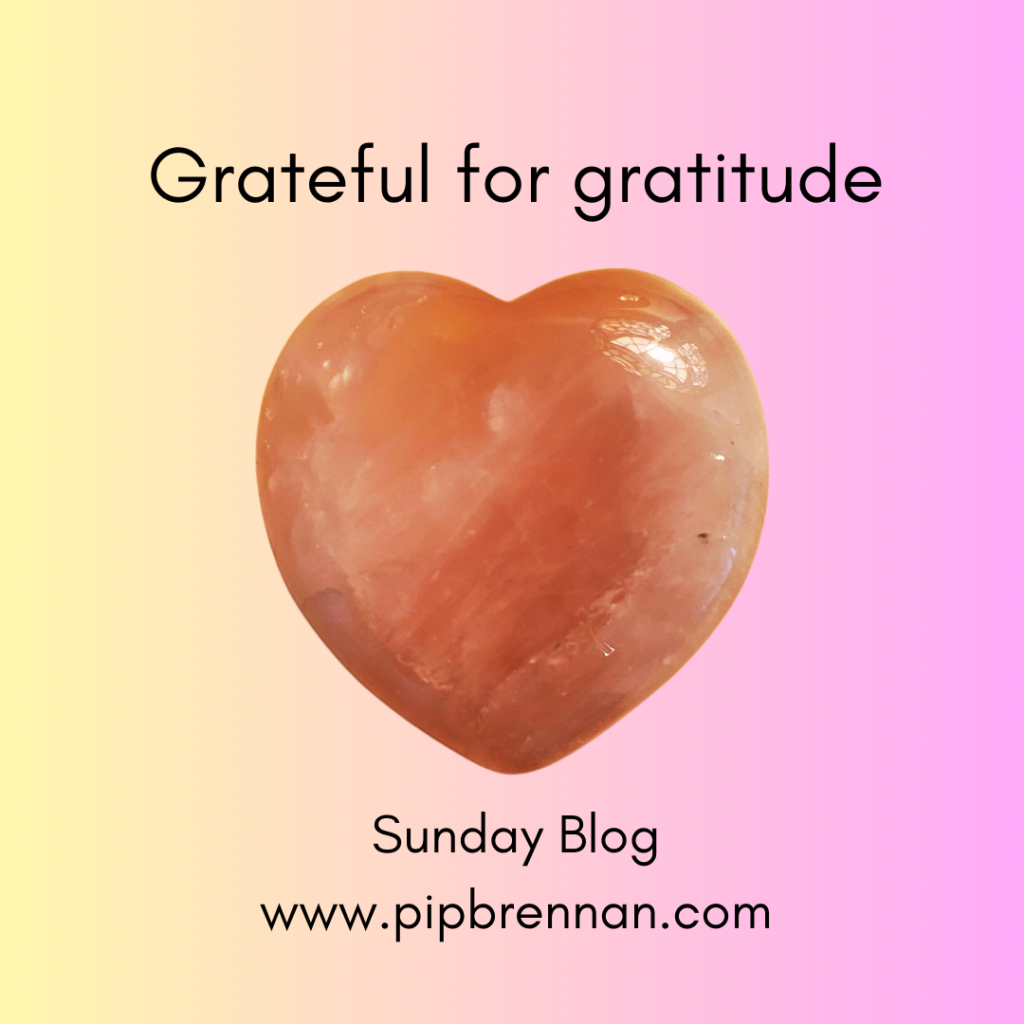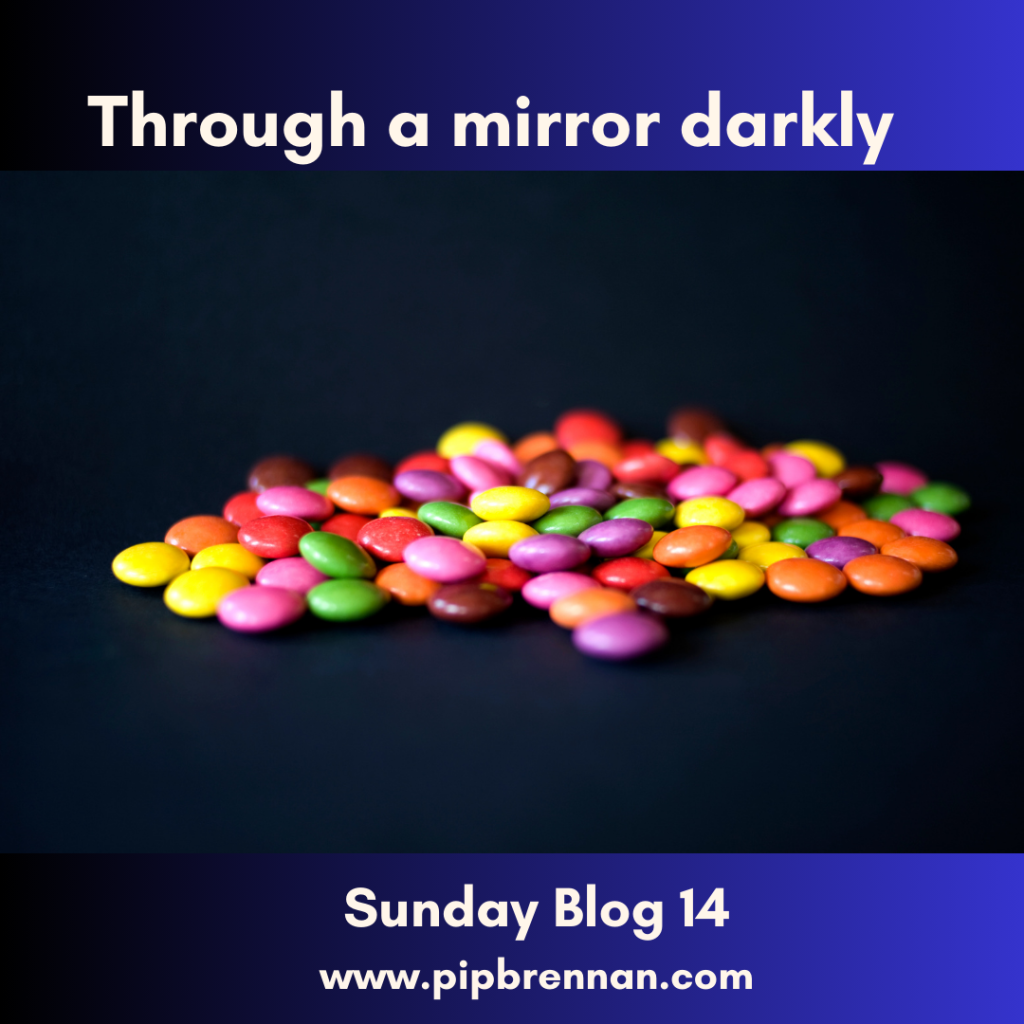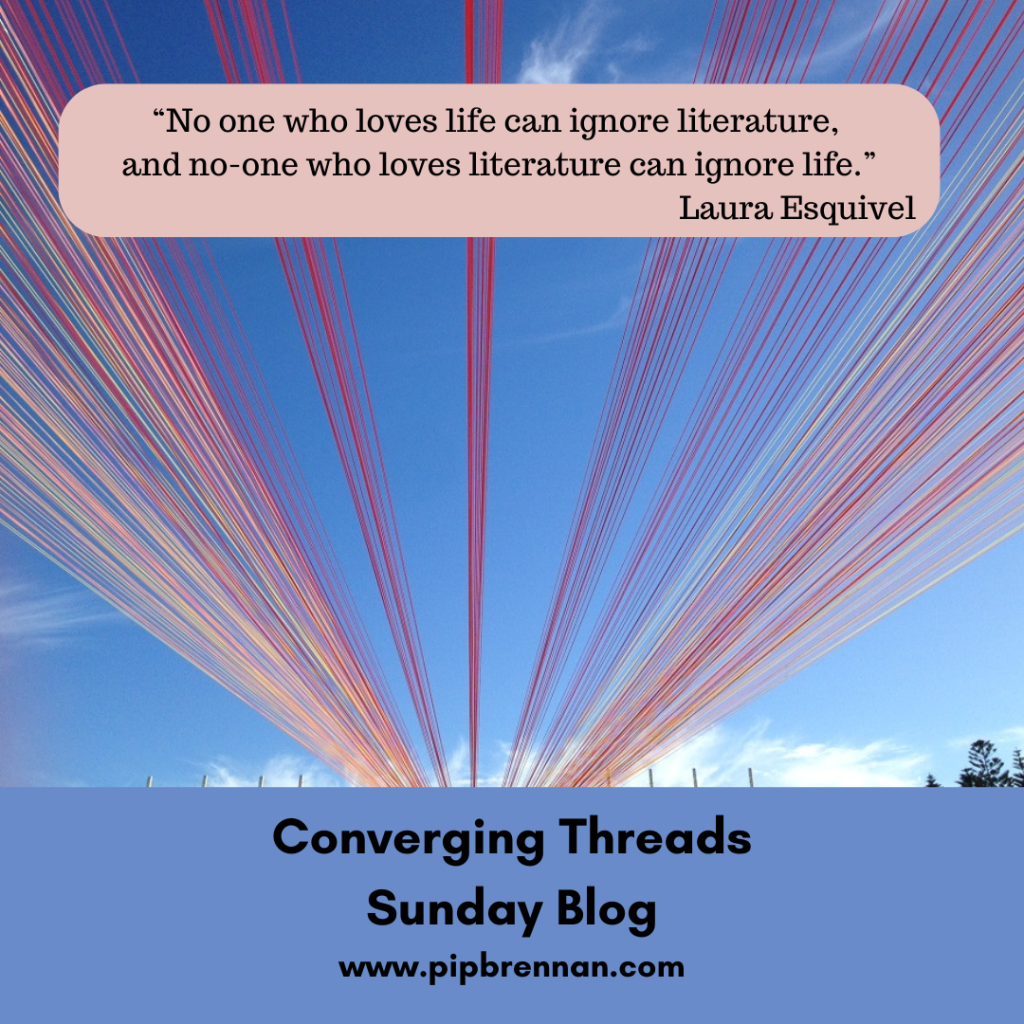Sunday Blog 156 – 20th October 2024
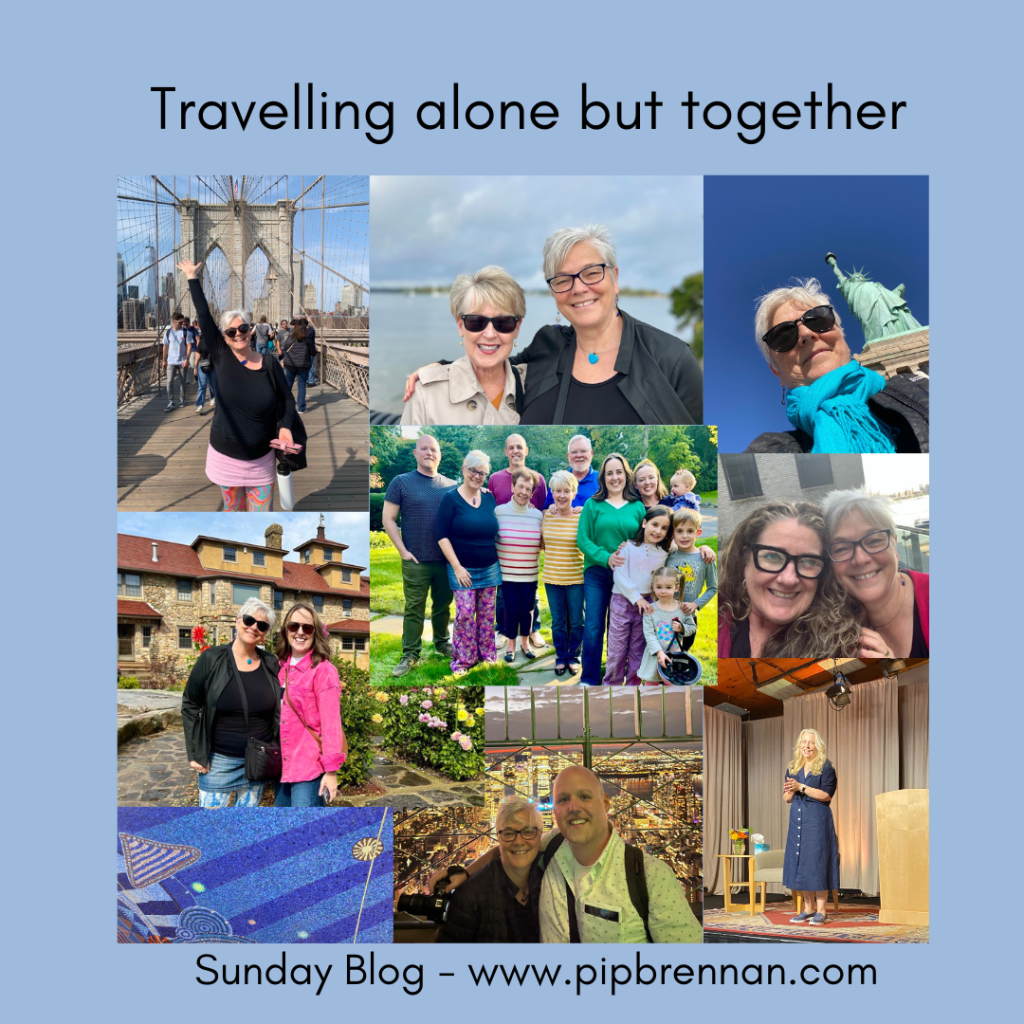
When I landed in New York on the first of October, it was my very first visit to America. I’d meant go to an in-person yoga retreat with my favourite online USA teacher in 2020 but…the world had other ideas. I waited until 2024 and chose New York and New York state for my first US trip.
“Won’t you get caught up in the elections?” people asked.
“I’ll be gone before the election itself,” I said, not entirely convincing myself or others.
As I exited JFK airport, I was unable to resist bursting into a cheesy rendition of New York, New York. I quickly realised that New Yorkers weren’t outgoing and friendly, and certainly didn’t find me amusing. The only person who talked to me at the airport was a man who emerged from the shadows, unsmiling, asking if I wanted a lift to New York. He didn’t seem to have a car. I didn’t dignify his sinister approach with a response. I may be light-hearted, but I’m not foolish.
Clambering into an official yellow cab, I was safely on my way, expecting my first New York moment on the drive to my hotel. What a fizzer. Where was the Brooklyn Bridge when I needed it? It was the ugliest drive in human history. Plus the driver was almost entirely silent the whole way, didn’t chat companionably about anything, not even the election.
Fine. I was there to write anyway, and I’d chosen the Library Hotel for the first three days to get myself in the groove. Their hotel is categorised according to the Dewey Decimal system. I was in Science and Math(s) floor, my room was the sub-section Animals. This meant that all the books in my room were about animals.
Down in the the Reading room there was endless tea, coffee and snacks supplied, and an inspiring view to New York Library. As a result, in my first 72 hours of the American trip I was able to do what I said I was there to do–namely get on with the editing.
There was a quick foray to have a look around (Times Square disappointingly was not a Square), and work out the subway. I dined alone downstairs at the Madison and Vine restaurant and reflected on the great tragedy and liberation that solo travel and its fleeting relationships bring. I knew I’d never see the people in the Madison and Vine restaurant again and felt elated and hollow all at once.
And I couldn’t help wishing that I was in London rather than New York. How I love London town.
And then the moment the train pulled out of Penn station on a Friday night to take me to Rheinbeck in upstate New York, I began to fall in love with USA. The train line hugged the Hudson river, the scenery was captivating.
Rheinbeck was where I was attending a weekend writing workshop at The Omega Institute (a hippie paradise). It was one of my trip’s absolute highlights-Cheryl Strayed’s Wild Awakening’s workshop. She is the author of the memoir Wild. You may know it as the movie starring Reese Witherspoon as Cheryl when she hiked the Pacific Crest Trail in an attempt to wrestle with her grief at her mother’s early death.
Having come all this way to attend the workshop, I sat at the very front, close enough for Cheryl to say-
“I like your trousers.”
“Why thank you, Cheryl,” I said.
You can’t get that with an online course. In the picture in the bottom right she’s looking towards me, clocking my trousers.
Straight after the workshop’s conclusion on Sunday at lunchtime, I was whisked away to a noisy family gathering, just like the ones we used to have in my childhood home, now sold, presided over by my parents, now both dead.
I’d only met my cousin Jane and her husband in London, everyone else I met for the first time in glorious noise and confusion. We were having early dinner at my cousin Catherine’s house. The connection is that her mother and my dad’s father were brother and sister. They had both left Ireland, one to travel to Australia, the other to America, and they never met again. The next generations however are keen to connect.
Catherine reminded me so much of my Dad, how she smiled, the way she reads her paper in the morning. Mum and Dad had stayed at Catherine’s home in the nineties – I slept in the very same room they did. It added potency to my travelling shrine to them. Everything about this visit filled my heart and readied me for another go at New York.
For my last five days in New York, I loved, loved it. My apartment on Wall Street was a great location for everything. As well as ascending the Empire State Building and the pediment of the Statue of Liberty, I had the cultural experience of getting my hair cut. I marinaded in my hairdresser’s wisdom. “New York is New York. London is London. It’s best not to compare.” Who needs a yoga retreat to get Zen and wise?
I also posted a parcel of all the books I bought and couldn’t carry back with me. This offered a frontline seat to witness the cultural phenomenon of American bureaucracy that Ellis Island museum had warned me about. Two supremely cold and laboriously inefficient staff members presided over the necessary form filled out in quadruplicate to get my parcel out into the world. Luckily there was no one else in the post office at the time or I’d probably still be there.
I also bought groceries to cook some soup, did my washing. How I love to do the ordinary things in another part of the world.
But what this second part of the US trip had more than anything was people. I was travelling alone but now I had family and friends. Fun family catchups including a day trip to Mystic and an evening ascension up the Empire State Building. Lunch at the Chelsea Hotel with a family friend, dinner with one new friend from the writing workshop. A walk on Brooklyn Bridge and soup at my apartment with a high school friend who’s lived in the US many years. Catching Hannah Gadsby perform with another new friend from the writing workshop.
I lost last Sunday in transit back to London from New York, hence no blog. Today I was determined not to miss the Sunday Blog but fretted because it was another transit day. London to India. I’d already drafted it but still it needed marinading, more time to emerge. Would the interwebs let me down at the airport? I rose early for the trip to Heathrow, with the blog all but done. Sad to leave London but excited for India.
I had plenty of time for checking into my flight and getting on with the blog, but it was not to be. My India visa was very confusing in terms of its validity, but not to the staff at Air India. They wouldn’t let me board my flight to my yoga retreat, and I’m hunkered down in a Heathrow airport hotel, waiting for a fresh visa, googling flights and practicing being Zen.
Oh well. At least I’ve had no trouble posting this Sunday Blog!
